
The 50th International Symposium on High Performance Liquid Phase Separations and Related Techniques (HPLC 2022) returns to the USA this summer.

The 50th International Symposium on High Performance Liquid Phase Separations and Related Techniques (HPLC 2022) returns to the USA this summer.
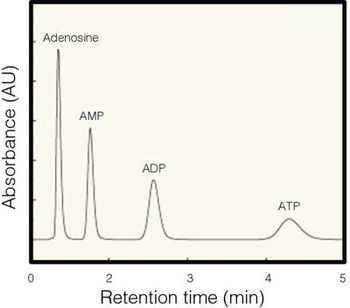
Monolith pioneer, Frantisek Svec, brings readers up to date on the latest developments in monolith technology.
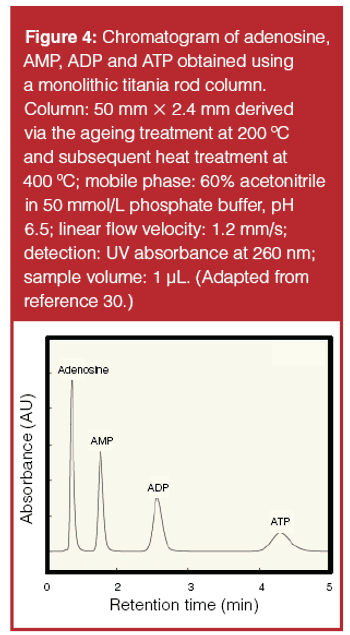
Monolith pioneer, Frantisek Svec, brings readers up to date on the latest developments in monoliths for use in chromatography
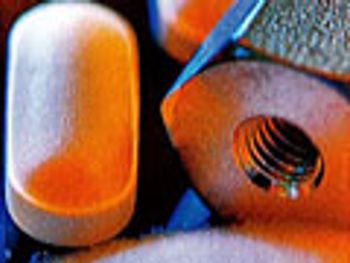
Monolith pioneer Frantisek Svec brings readers up to date on the latest developments in monoliths for use in chromatography.

In this installment, columnist Ron Majors and guest columnist Frantisek Svec address the current status of CEC, once the hottest topic in the field.
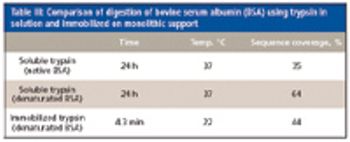
The never-ending quest for separation media that enable efficient high speed/high throughput chromatography has led to the design of stationary phases in monolithic formats with both vastly improved mass transfer properties and reduced discontinuity. Historically, porous polymer monoliths have first emerged in the late 1980s/early 1990s followed by their silica-based counterparts in the mid 1990s. The common denominator for both organic and inorganic monoliths was originally their use in HPLC columns. However, the range of applications of monolithic materials grew significantly since their early times. This short review summarizes information about monoliths produced in different shapes such as discs, tubes, columns, polymer layer open tubes (PLOT capillaries), and microfluidic devices, and presents selected applications including chromatographic separations, sample preparation, and enzyme immobilization.

Monoliths are separation media in the format that can be compared to a single large "particle" that does not contain interparticular voids. As a result, all the mobile phase must flow through the stationary phase. This convective flow greatly accelerates the rate of mass transfer. In contrast to diffusion, which is the typical driving force for mass transfer within the pores of particulate stationary phases during chromatographic processes, convective flow through the pores enables a substantial increase in the speed of the separation of large molecules such as proteins. A thorough theoretical treatment of the mass transfer within monolithic materials has been developed by Liapis (1) and Tallarek (2).

In this article, the author describes the development of a simple enzymatic reactor, which also functions as a microdevice that combines both preconcentration and enzymatic digestion in the nano-electrospray emitter, and its interfacing with a mass spectrometer.

Published: December 1st 2009 | Updated:
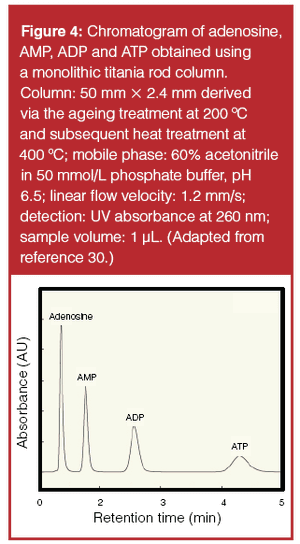
Published: May 1st 2010 | Updated:
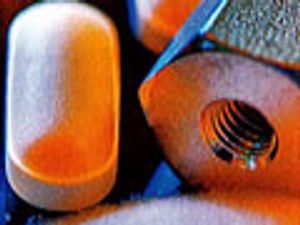
Published: April 1st 2010 | Updated:
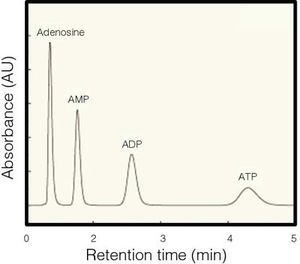
Published: September 1st 2010 | Updated:

Published: April 1st 2008 | Updated:

Published: April 28th 2006 | Updated: